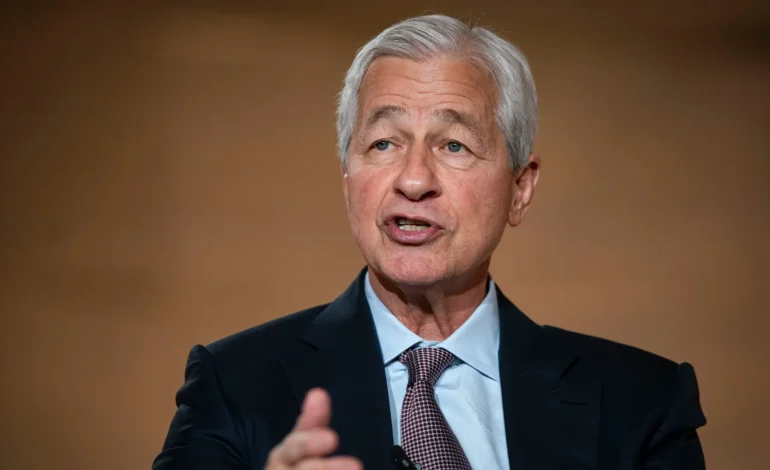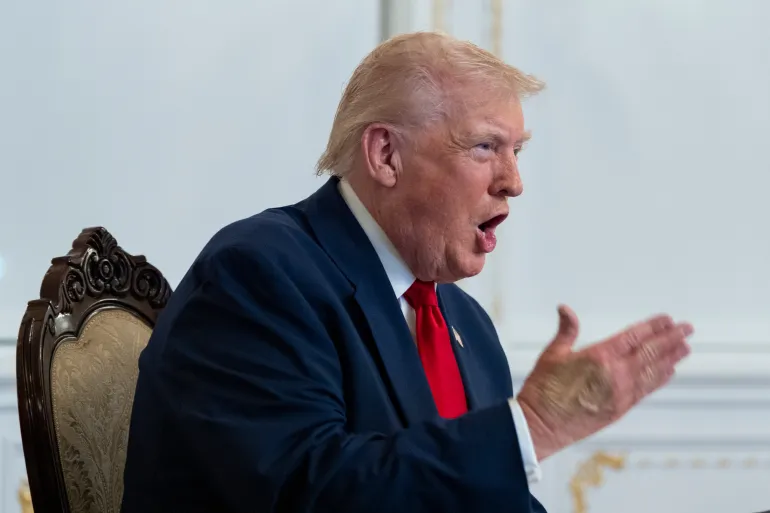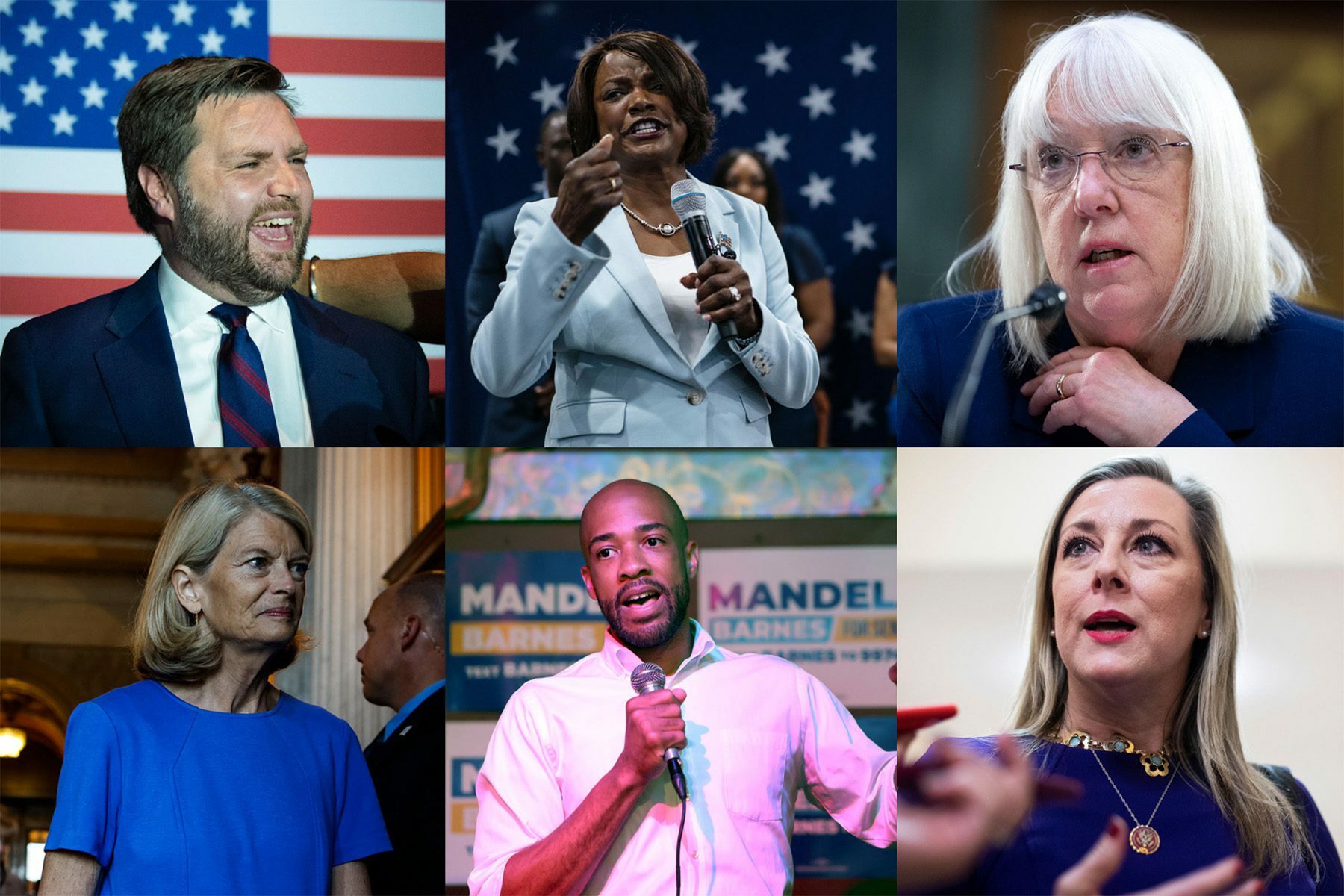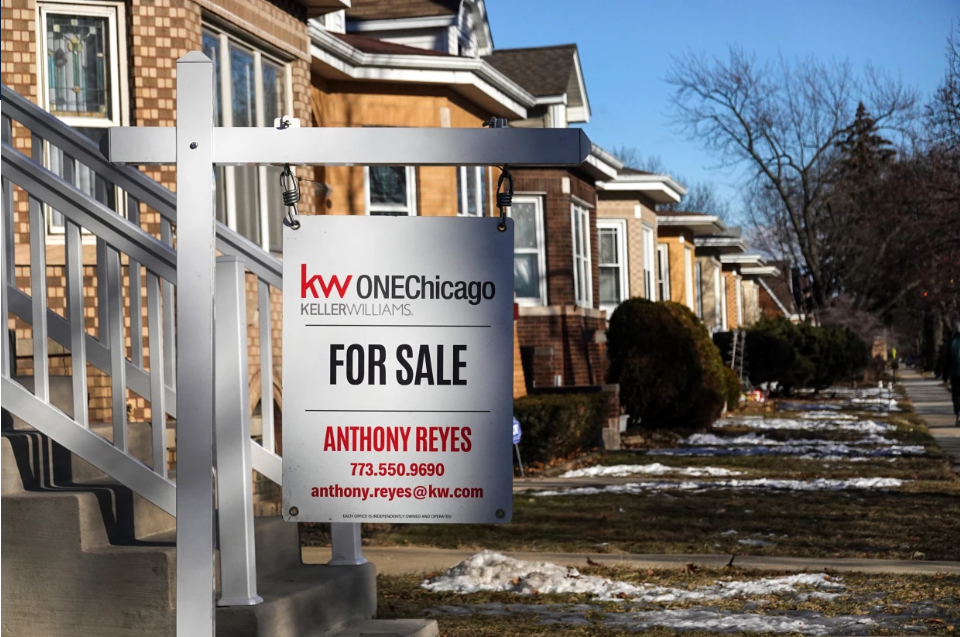Wall Street’s Big Four Cash in, Call the Economy “Resilient” — with a Wary Eye on Cracks

The New York Times, CNBC, and Bloomberg contributed to this report.
Tariffs, trade spats, and policy whiplash haven’t stopped the money machine. JPMorgan Chase, Goldman Sachs, Citi, and Wells Fargo all rolled out stronger-than-expected results, pointing to sturdy deal flow on Wall Street and steady spending on Main Street — and repeatedly reaching for the same word to describe the backdrop: resilient.
JPMorgan set the tone. Profit for the quarter through September rose 12% to $14.4 billion on $46.4 billion in revenue, powered by a 16% jump in investment-banking fees and a 12% rise in credit-card and auto-lending revenue. Even so, the bank quietly stuffed more into loan-loss cushions as charge-offs inched up. “The US economy generally remained resilient,” CEO Jamie Dimon said, before rattling off the usual caveats — geopolitical messiness, tariff uncertainty, frothy asset prices, and the risk of sticky inflation. He later warned that parts of the market “look like they’re entering bubble territory” and said the labor market is the tripwire he’s watching most closely.
Goldman Sachs leaned on dealmakers too. A rush of M&A and capital-markets activity helped profit jump 37% to $4.1 billion, with record third-quarter revenue of $15.2 billion. Investment-banking fees surged more than 40% to roughly $2.7 billion, easily clearing Wall Street’s bar.
Citi also cleared expectations. The bank earned $3.8 billion, up 16% from a year ago, on $22.1 billion in revenue, up 9%, with growth across all five major businesses. CFO Mark Mason said both companies and consumers have been sturdier than models predicted: the recession guardrails are still up, but the telltale warning lights — like missed payments — haven’t flashed.
Wells Fargo’s quarter told the same story from a different angle. Profit rose 9% to $5.6 billion on $21.4 billion in revenue, helped by heavier card spending and fatter balances, plus richer fees in wealth management. CFO Mike Santomassimo said higher credit and debit card activity is showing up among both affluent and lower-income customers — a good sign for the broader economy. The bank also celebrated a symbolic cleanup: the Federal Reserve finally removed the asset cap imposed seven years ago after Wells’ fake-accounts scandal.
“While some economic uncertainty remains, the US economy has been resilient,” CEO Charlie Scharf said.
None of which means risk has left the room. Dimon flagged a couple of nasty surprises in autos — the bankruptcies of parts supplier First Brands and subprime lender Tricolor — as signs of credit excess after a decade-plus boom. JPMorgan took a $170 million charge-off tied to Tricolor.
“When you see one cockroach, there are probably more,” he quipped, adding that the bank is combing through its processes after what he called “not our finest moment.”
Politics keeps bleeding into the outlook too. Since Donald Trump’s reelection, boardrooms have been lining up big domestic investments, a trend the White House applauds. JPMorgan added its own flag-plant on Monday, pledging to facilitate $1.5 trillion in financing and investments over the next decade for sectors it deems critical to national security and resilience, including up to $10 billion in direct equity and venture bets.
“The United States has allowed itself to become too reliant on unreliable sources of critical minerals, products and manufacturing,” Dimon said.
On the latest US–China flare-ups, he was cautious: the tariff hit has been “less than people expected,” but the story isn’t over.
For now, the scoreboard favors the banks: deals are back, consumers are still swiping, and credit trends haven’t cracked. Just don’t mistake “resilient” for “risk-free.”









The latest news in your social feeds
Subscribe to our social media platforms to stay tuned